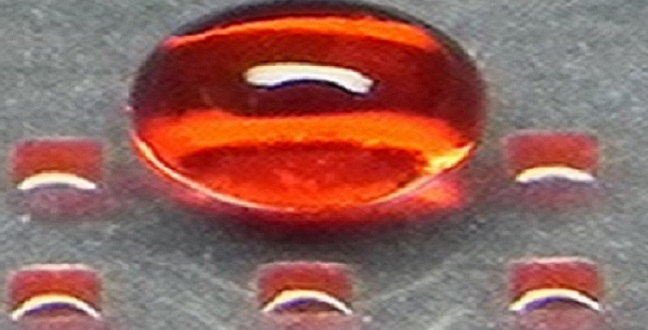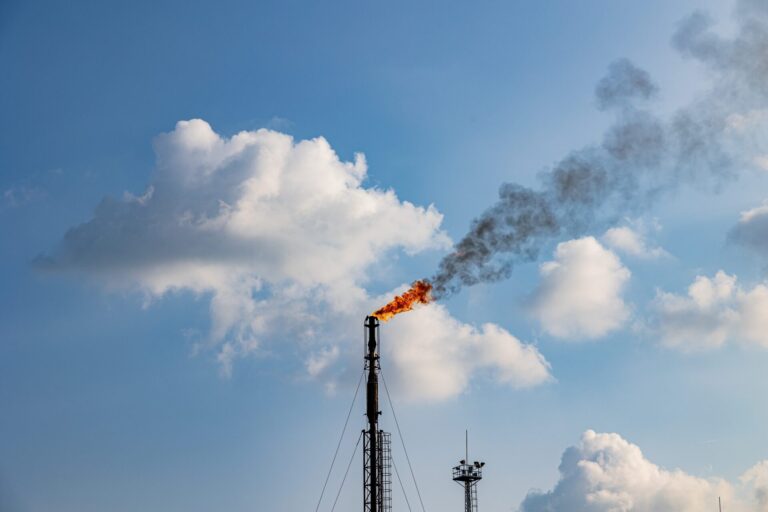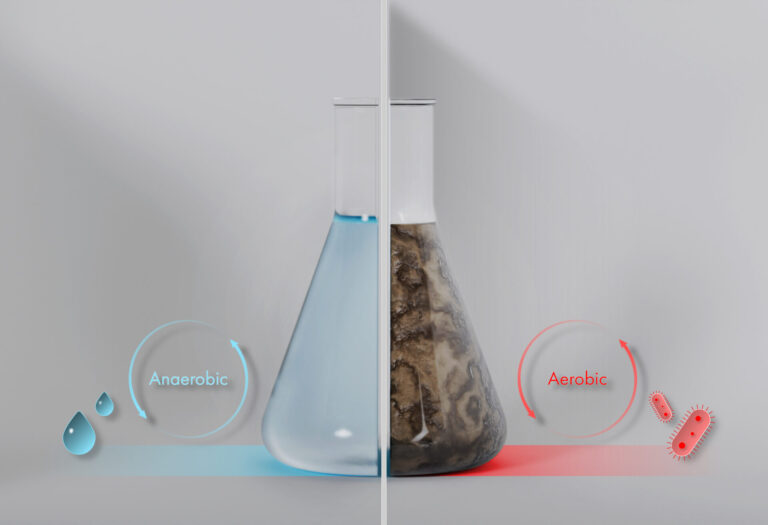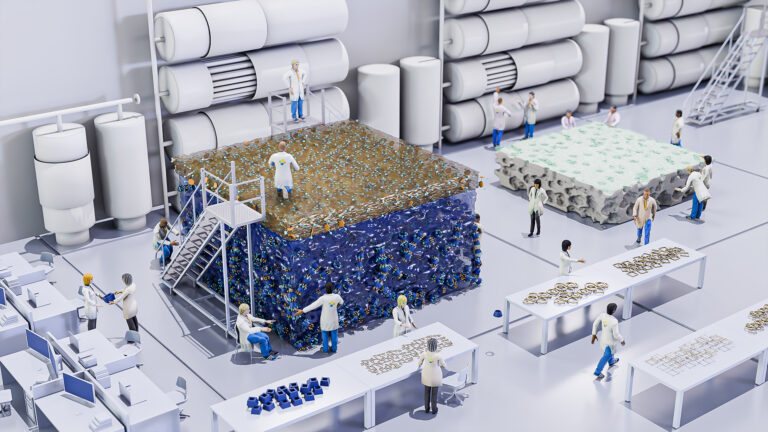Environmental Science and Engineering
Using nature’s tricks to harvest atmospheric water
An inkjet-printed surface can turn fog into drinking water using bio-inspired micropatterning and adhesion technology.


A bio-inspired strategy for printing beetle-like microbumps on superhydrophobic substrates can enhance fog harvesting in water-stressed locales
© 2015 Reproduced by permission of The Royal Society of Chemistry
The water-capturing abilities of desert beetles have been replicated by researchers from KAUST using inkjet-printed microdroplets imbued with binding agents similar to those found in marine mussels1.
The team is working on large-scale films to harvest fog in a way in a bid to find new water opportunities for arid and semi-arid desert regions. The scientists aim to mimic an adaptation of the Stenocara beetle which thrives in southern Africa’s Namib Desert, one of the most parched zones on Earth.
The beetle’s shell has an array of moisture-absorbing bumps on top of a superhydrophobic waxy surface. Exposed to ocean fogs, tiny water droplets cling to the top of the hydrophilic bumps and accumulate there. The waxy regions then help direct the droplets into the beetle’s mouthparts.
The natural ingenuity of the Namib Desert beetle has inspired many researchers to search for fog harvesting applications. Techniques developed to date for creating hydrophilic patterns on superhydrophobic surfaces require a series of preparations using lithographic masks — a costly process that is incompatible with large-scale applications.
To streamline the process, the team led by Peng Wang from KAUST’s Biological and Environmental Science and Engineering Division, printed dopamine directly on to a superhydrophobic surface.
The substance forms sticky polymers with properties similar to the bio-adhesives used by marine mussels. To ensure adhesion the researchers had to find a way to make dopamine droplets, which naturally form beads on water-repelling surfaces, increase their contact area. “The biggest challenge is convincing the tiny droplets to stay on the superhydrophobic substrates” says Wang.
To achieve this, the team added ethanol and ethylene glycol to their aqueous dopamine solution to improve adhesion. Ethanol lowers the droplet’s surface tension energy and enhances its wettability, while ethylene glycol lowers the vapor pressure to increase contact time. “This causes the dopamine solution to be stable on the surface, allowing for its complete self-polymerization into polydopamine,” Wang explains.
After printing several pre-designed patterns on to superhydrophobic silica substrates, the researchers measured the condensation and movement of water on the coatings under a simulated flow of fog.
They found stark differences between their samples, noting that surfaces with beetle bumps achieved twice the water collection efficiency of non-patterned superhydrophobic surfaces. Optimum surfaces need to promote both droplet nucleation and droplet removal simultaneously, and the researchers are now investigating new micropattern arrangements to meet these criteria for enhanced fog collection efficiency.
References
- Zhang, L., Wu, J., Hedhili, M. N., Yang, X. & Wang, P. Inkjet printing for direct micropatterning of a superhydrophobic surface: toward biomimetic fog harvesting surfaces. Journal of Materials Chemistry A 3, 2844–2852 (2015).| article
You might also like

Environmental Science and Engineering
Combat climate change by eliminating easy targets

Environmental Science and Engineering
Wastewater treatment to fight the spread of antibiotic resistance

Bioscience
Digging into the world of plant-growth-promoting microbes

Bioscience
Unique microbiome discovered in mountain streams

Chemical Engineering
Unveiling the role of biomass-burning aerosols in atmospheric reactions

Chemical Engineering
Precision separations with perfect pores

Environmental Science and Engineering
Practical support for building sustainability into our cities

Environmental Science and Engineering



